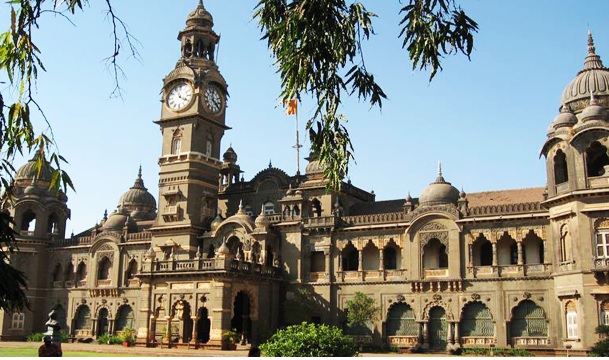
Pottery is an age-old handicraft in India, and its roots can be traced back to the earliest times of civilization. For decades, it has been providing livelihoods to people in both rural and urban areas. Even in the present day, the pottery industry in India provides mass employment.
However, while India has witnessed impressive growth in the economy, the fruits of globalisation has not reached every corners of India; there’s a huge gap between the rich and the poor and one such community that has not benefitted much is that of potters. The industry faces several challenges today, with many potters not sure about what the future holds for them.
GET INSTANT HELP FROM EXPERTS!
- Looking for any kind of help on your academic work (essay, assignment, project)?
- Want us to review, proofread or tidy up your work?
- Want a helping hand so that you can focus on the more important tasks?
Hire us as project guide/assistant. Contact us for more information
Pottery is the process of making different objects by carefully molding clay, so it requires skilled hands to make the various products. In most cases, the raw materials required for making pottery is brought from some far-off place. Pottery making is also a laborious process; one needs to invest a lot of time, effort and resources, but despite the efforts involved, the profession is not very rewarding in nature.
In recent times, technological advancements, use of machinery and industrial innovations has taking over manual authentic art and culture; machines are able to produce things faster and cheaper. As a result, the demand for pottery works has reduced a lot.
Long back, people used to store drinking water in clay pots to keep water cool, but people have started refrigerators now. Earlier potters used to serve tea in small clay cups on trains, but now they serve tea in disposable plastic cups. Even the clay pots that people grow flowers in at home, are being replaced by lighter plastic pots.
So, while most potters do consider pottery as a passion more than a profession, they are unsure about the future. Many potters have already started picking up other occupations such as welding, construction, agricultural activities, etc. to sustain their living. Their kids are less likely to pursue the profession and many of them are employed as carpenters, tailors, electricians, etc. or are trying to get a stable job.
The Sengupta Report, a study of the future of crafts in India, cites several conditions that can help revitalize the crafts industry in general in India.
Potters need to consider use of new materials which could be easily available, cheaper, environment friendly and will appeal more to consumers. They will have to consider implementing mechanization of the various processes that will help them to produce things faster and in more quantities. Potters will also have to look for ways to reach the consumers directly and eliminate the middlemen, which will help improve their margins. They will need to identify more selling points which will allow them to reach a wider audience and access bigger markets. For some, it might be practical to consider abandoning the craft and look for other sources of livelihoods to sustain themselves.
Most potters do not have access to a larger market, are unable to produce in bulk and at a faster rate, and are unaware of the trade business. There are peak seasons during the year when they make most of the money, especially around festive seasons. However, for rest of the year they struggle to sell things. A few enterprising ones are able to employ a few skilled workers and scale up things earning good money; however, many potters lack such skills. Besides, scaling up, means needing a bigger place to sell the wares, which causes further issues such as needing licenses and dealing with municipal authorities.
The Government is trying to revive the pottery industry by offering incentives, and by conducting fairs and seminars where they can showcase their products and skills, but these measures do not seem to be enough. The Government needs to ramp up its efforts in these areas and also ensure that the benefits of their initiatives reach all the potters across India. There are a few entrepreneurs who are keen to work for the betterment of artisans in India by helping them sell their wares to a wider audience through use of technology, such as e-commerce. The Government should encourage such entrepreneurs and provide them with the necessary funding.
- Potters of Kumbharwada in Dharavi
- Potters of Jatwara in Sonipat
StudyMumbai.com is an educational resource for students, parents, and teachers, with special focus on Mumbai. Our staff includes educators with several years of experience. Our mission is to simplify learning and to provide free education. Read more about us.

Leave a Reply
You must be logged in to post a comment.